Network Acoustics Muon Pro Ethernet Filter and Tempus Network Switch
How I Improved My Streaming Experience
Sometimes, events unfold unexpectedly, forcing you to take a journey down a path you would not have considered walking. In late 2024, my analog front end was in transition when I decided to upgrade my vinyl setup by replacing my reference turntable and cartridge. Due to production delays, I was without a reference turntable for over four months. During this period, I found myself listening to streaming more critically than ever before, which led me to discover a significant upgrade to my streaming setup. I want to share this journey with you, not just from a component review perspective but also to offer broader insights into an area of your system that you might be overlooking.
As I shifted my focus to streaming as my primary source, my Type A personality quickly searched for areas of possible improvement in my setup. I have a solid system that includes an Innuos Zenith MKIII, Innuos PhoenixNet switch, and a PhoenixUSB connected with Audience Hidden Treasure Ethernet and Front Row Reserve USB cables. While it produces satisfying results, to paraphrase Lloyd Benson’s famous debate quote….
"I know vinyl, and you, sir, are no vinyl."
I initially tried an EtherREGEN switch, which did provide improvement in sound quality. However, it was quickly surpassed by the PhoenixNet switch. Still, I wondered if there were additional gains to be had. I focused on network noise, which my research indicated could affect overall sound quality. My experience with network switches suggested that Ethernet-based devices could affect sound quality. I liked the idea of maximizing the “source” and enhancing the signal earlier upstream, as this would have a greater positive impact on the whole system. Our own Mikey once dipped his toe into these murky waters in his Tracking Angle review of the Silent Angel network switch, and found it did indeed improve streaming sound quality.
So, with no way to spin vinyl, I found myself burrowing down the “network noise” rabbit hole. Next up was replacing the standard switching wall wart power supplies for both my modem and the Netgear whole-house network switch that supplies my detached audio room, where the PhoenixNet network switch is located. Both devices operate on 12V DC. I tested the iFi iPower Elite, which, while still a switching power supply, is engineered with significant emphasis on noise reduction. The results were promising, giving my streaming sound what I can only describe as a slightly more relaxed quality.
I dug deeper down the rabbit hole and discovered a company whose name intrigued me, because it was the exact area I was investigating, Network Acoustics. They are based in England, and headed by Rob Osbourn and his business partner Richard Trussell, whose focus is on a singular mission: to remove noise from the digital chain. Products include Ethernet cables, digital cables, Ethernet filters, and switches, all rooted in the idea that digital timing and noise contamination matter as much as the DAC that eventually renders the data into music.
After a few email exchanges, Rob and I settled on trying their Muon Pro Ethernet Filter and the Tempus Ethernet switch. While each can be employed separately, Rob is quick to point out that he considers them a “system”, each addressing different priorities with their impact building on each other.
.jpg) Muon Pro Ethernet Filter
Muon Pro Ethernet Filter
The Muon Pro Ethernet Filter was originally designed for mastering studios to solve a common yet often overlooked issue in digital audio: RFI (Radio Frequency Interference) and EMI (Electromagnetic Interference) noise contamination. This passive Ethernet filter is made specifically to work at up to a Gigabit Ethernet speed and features high-quality Amphenol RJ45 CAT8.1 connectors with gold-plated contacts. It should be placed between your router or switch and network-connected audio devices, such as a streaming DAC or network streamer, and be the last device in your chain before your streamer or streamer/DAC.
Key features include:
- 8-core architecture: Designed to operate at speeds of up to 2.5 Gb/s.
- Compatibility: Works with networks operating at speeds ranging from 10 Mb/s to 2.5 Gb/s.
- Reference standard RFI/EMI Filter: Utilizes a proprietary 8-core filtering system.
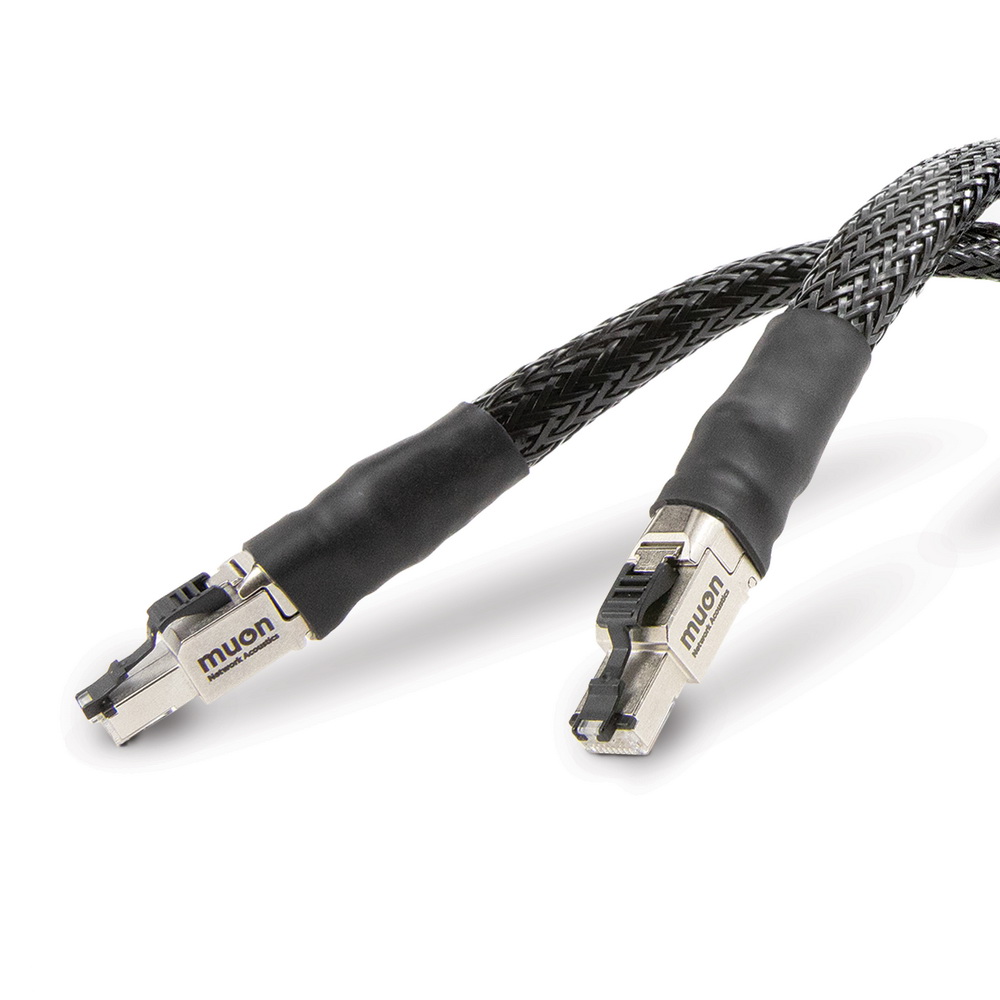
The Muon Pro is hand-crafted in the UK with 99.99% UP-OCC conductors and comes with a 0.75-meter Muon Pro Ethernet cable that is shielded from RFI interference with a pure copper sleave grounded at one end only and features Telegartner CAT8.1 connectors with gold-plated contacts.
It is priced at £1,412.50 (≈ $1900 at the time of review)
Eno2 Network Filter
The Eno2 version is the smaller sibling of the Muon Pro, designed to provide approximately 80% of its performance at only 60% of the price. My listening experience confirmed the delta between the two, while noticeable, is not large. Diminishing returns come to mind. It utilizes a similar 8-core filter technology and features a compact design with all-metal housing. The Eno2 comes standard with a 0.75-meter Eno2 streaming cable.
Key features include:
- New noise-rejecting 8-wire directional cable architecture.
- Precision-milled aluminum shielded enclosure
- Compatibility with speeds ranging from 10 Mb/s to 2.5 Gb/s
- Supplied with a 0.75-meter Eno2 streaming cable as standard.
- Telegartner Cat8.1 Connectors, with gold-plated contacts.
It is priced at £912.50 (≈ $1200 at the time of review)
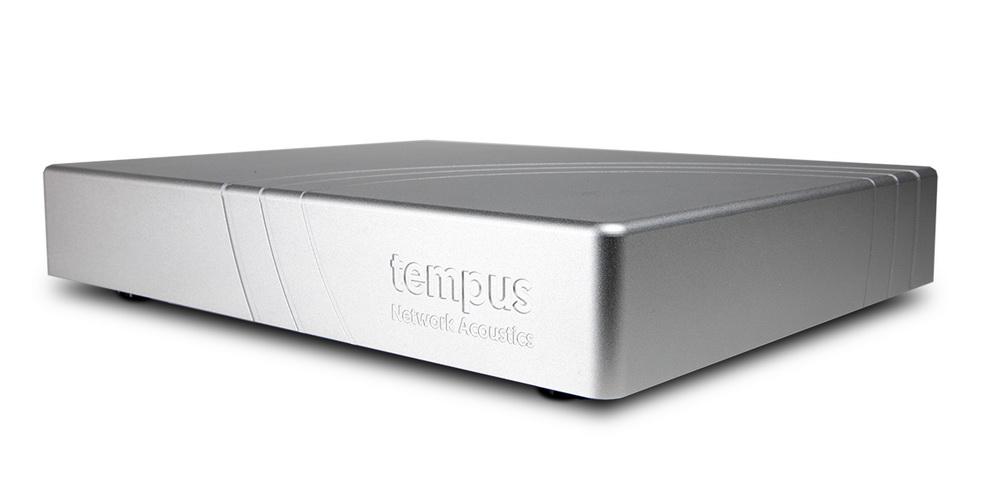
The Tempus Network Switch
Unlike mass-market switches, Tempus isn’t built to prioritize packet throughput or network traffic management. Instead, it’s designed around the principle that jitter and electrical noise are audible variables in digital audio. At its heart is a precision clock module, engineered to deliver far tighter timing than generic switch silicon. Careful PCB layout minimizes crosstalk, and attention has been paid to isolating noisy sections of the circuit.
Noise suppression is a recurring theme: Tempus uses filtering stages to prevent high-frequency hash from entering downstream components via Ethernet. Network Acoustics is keenly aware that while error correction guarantees the integrity of digital data, noise and timing errors ride “around” the data, affecting how the DAC’s clock reconstructs the signal. The Tempus, in short, is not about changing bits — it’s about removing what shouldn’t be there.
The new outboard Tempus MKII hybrid power supply (included with the unit) completes the picture. Digital circuits are notoriously sensitive to power integrity: fluctuations and noise in the supply rail are easily coupled into the signal path, subtly degrading timing precision. Together, they represent a holistic approach to cleaning both the data stream and the power environment.
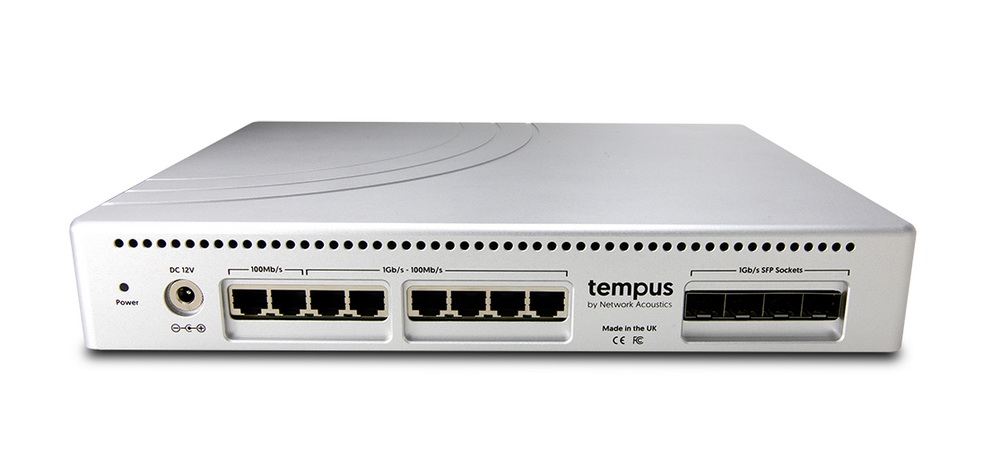
Key Tempus Features include:
-12 ultra low noise outputs: 6 x universal Gigabit, 2 x 100 Mb/s RJ45 and 4 x SFP 1Gb/s ports.
-Proprietary Multi-stage noise-rejecting power filtering.
-Precision clocking.
-Huge switching/processing capacity designed to run under low stress for noise-free and accurate data flow, even in bandwidth-intensive scenarios.
-Flexibility – designed to connect your music and video streamer, server, NAS, Smart TV, and home cinema without compromising performance.
-Shielded enclosure engineered from a single billet of aluminum.
-Supplied with the upgraded MK2 Tempus MKII ultra-low noise hybrid power supply and .75m DC power cable
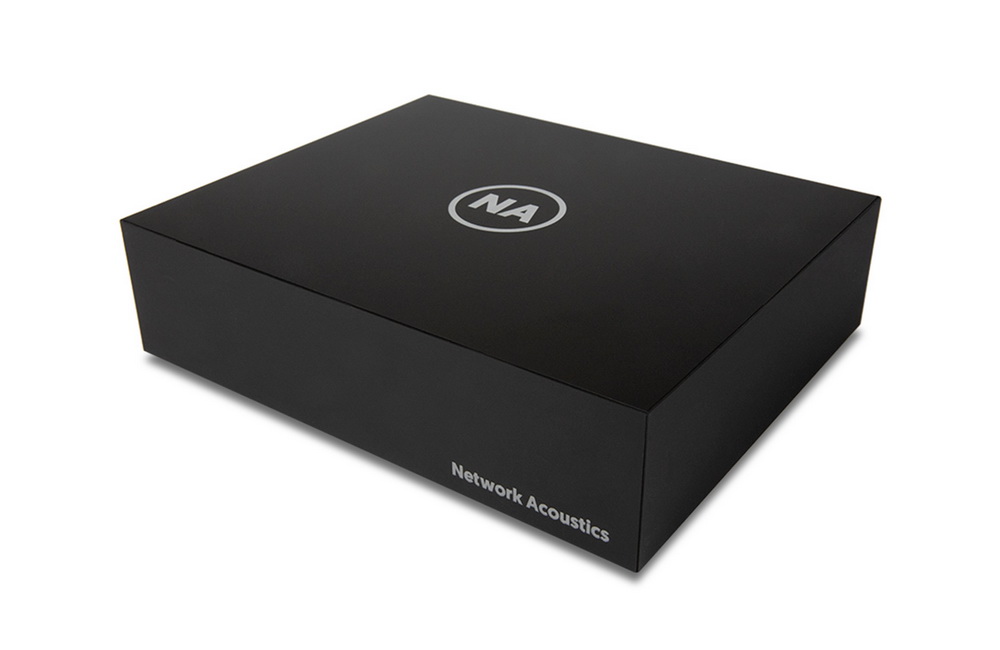
MK 2 Hybrid Power Supply Features: (included with the Tempus)
-New upgraded ultra low noise/multi-stage filtered hybrid power supply.
-New upgraded mains input filtering.
-New output stage using Mundorf Supreme Gold/Silver Capacitors.
-Non-resonant acrylic seamless enclosure.
-Supplied with Network Acoustics’ reference DC power cable (0.75 m).
Tempus is priced at £3,579.17 (≈ $ 4850.00 at the time of review)
Important note to original Tempus Owners:
During the review period, the new MKII was released, and I sent the original power supply back for an upgrade. The new MKII power supply provided a significant improvement in sound quality, focusing mainly on establishing a stronger and more stable foundation for the music. The upgrade was not subtle. Owners of Tempus units purchased before 2025 can have their original power supply upgraded to the new MKII. My advice…Do not hesitate to send your supply back. The upgrade price is £395 ( ≈ $525.00 ), and includes expedited shipping both ways. My unit was turned around in 7 days.
So what exactly do the Tempus and Muon Pro do?
Both pieces reflect the company’s belief that environmental and power supply noise significantly affect digital audio. These factors influence timing accuracy, which in turn impacts sound quality—particularly in areas that streaming skeptics often argue are unique to analog sources: smoothness, flow, and emotional connection.
At this point in the review, I think it would be illuminating to share some of Rob’s responses to my questions about the design of these components, their effects on network noise, and the improvements they aim to achieve. His answers clearly highlight the issues their products are designed to address.
How did Network Acoustics come about?
“I am a lifelong audiophile and enthusiastic DIYer. My business partner, Richard, is a professional electronics engineer, qualified in 1981, with early experience in the defense industry working on radar systems before moving into IT systems management. Richard and I connected through our shared interest in audio streaming and a mutual frustration with its sound quality compared to vinyl. We had both been experimenting with different Ethernet cables and, despite initial skepticism, observed that they all sounded different. This discovery led us on a quest to understand why.
In 2020, this quest culminated in the development of our original ENO filter. We found it dramatically improved the sound of any Ethernet cable and streamer it was connected to. After sharing it with friends, who all loved it, one of Richard's neighbors, a reviewer for a UK HiFi website, sent us a one-line email: "You should sell this, it's incredible."
Initially, we had no intention of turning this into a product or a business. The excitement was purely in the sonic improvements we were hearing. This all coincided with the start of the COVID-19 pandemic and the first UK lockdown in early 2020. My business, like many others, screeched to a halt. As I navigated looking after my children while my wife taught online, I began to seriously consider the reviewer's suggestion. Having spent my career marketing products for others, I thought maybe I could apply that expertise to our own creation. Richard had been having the same thoughts, so with no certainty of life coming back to normal anytime soon, we decided to give it a go. We quickly built a website, bought components, and launched the first Eno Filter, Ethernet, and USB cables, and Network Acoustics was born.
With a few reviews from supportive Hifi sites and forums we sold the first few, then word must have got around and suddenly we were receiving orders from all over the world and by the end of the first summer we’d sold enough to convince ourselves that we wouldn’t be going back to our previous day jobs, and that we could focus on Network Acoustics full-time. Five years later, we still pinch ourselves that we're making a living from a lifelong passion. This is thanks to our wonderfully loyal customers and our shared conviction that there always has to be a better way. We also share the addictive tendencies common to most audiophiles: we are perpetually seeking more from our own listening, which is why we are always our first and most eager customers.”
Can you describe what you are focusing on and your theory as to why it has a positive impact on the streaming experience?
“While we design all of our products to bring a significant lift in performance when used individually, for those who want the best, there is no single silver bullet device, and we have found that taking a systematic approach to rejecting/removing electrical noise is essential. To these ends, all Network Acoustic’s products do the same thing: they remove noise from the data that gets passed from device to device in the digital path. If not removed, this noise ends up in the ground plane of the DAC and then interferes with the critical timing of the conversions of digital signals to an analogue signal.
Our aim with everything we do is to realize the sonic potential of streaming, chasing the magic sound of our cherished vinyl setups. All of our R&D has shown that keeping the network chain as simple as possible, with the minimum of processes (especially active ones) kept to a minimum, is critical to achieving good sound from streaming.”
What "noise" are you referring to?
“There is noise from three main sources, 1) Noise from equipment plugged into the AC Power supply in your locale, 2) Noise induced in cables and conductors from radio signals in the atmosphere e.g. WiFi, TV, Radio, Cellphones, Satellite, and 3) Noise induced in circuits from the circuit itself, such as noise from components, semi-conductor junctions, high speed switching harmonics. All this electrical noise gets into the Data stream. Network Acoustics cables are designed to reject noise from the atmosphere, and the filters will reject noise from the mains. Many manufacturers emphasize that their equipment is "galvanically isolated" to minimize noise.
This is an often-misunderstood topic. Galvanic Isolation is designed to stop DC currents from flowing between connected devices, but it has no benefit for removing RFI noise. Galvanic Isolation within Ethernet networks is always physically implemented in Network switches, where each connection goes through high-frequency transformers for each of the 8 pins in the RJ45 connector. A high-frequency transformer is used in order to pass through the data signal (which is a high frequency) while blocking DC and low-frequency noise. They don’t block RFI frequencies higher than the Ethernet signal as they are ‘high pass’ transformers. Therefore, any RFI mixed in with the Ethernet signal will pass through the filter.
It’s important to note that Galvanic Isolation transformers are generally only found in Network Switches, not on the input RJ45 sockets in streamers; therefore, the streamer’s RJ45 input is highly exposed to RFI noise. That’s why adding an Eno or Muon Filter brings such a nice improvement in sound quality.”
Can you elaborate on how your solution would be a better alternative to a fiber solution?
“Of the three types of noise source previously discussed, the use of fiber only eliminates the noise from the ‘atmosphere’ i.e. the noise induced in metallic cables from WiFi, Radio, TV, Satellite etc.
The other two types of noise are still present, and you can hear it. There is still noise generated by the electronics in the media converter that converts photons back into electrons, and there is mains-born noise from the PSU of that media converter. Until there are DAC chips capable of converting photons (light) into music, this will always be the case. We accept that optical cables have their place in a network, they are great for long runs, and they are relatively cheap – but they still create noise. Using a muon pro between the media converter RJ45 output and the streamer makes a big improvement, as it removes the Media converter's noise.
We’ve spent a lot of time looking at optical, even to the point where we have a fully developed product that outperformed every other converter we tried, but it still doesn’t compete with where we can get by sticking to our approach of keeping the signal in the electronic domain and keeping active processes to the absolute minimum. From the feedback we consistently get from customers, they come to us for the best solution, irrespective of the specific processes, so we felt selling a media converter (which could undoubtedly have been a good commercial exercise) went against what we’re about, because it's not the best solution we can offer. That said, we’re not tied to any particular technology, so if we discover something new that’s better than the current solution, then great, and if you look at how steep our learning and development curve has been in the 5 years since we launched the original Eno, it's clear there's always more to do.”
“Fiber is another one of those things that sounds like it should be the silver bullet, because how can light carry noise? The problem is that you can’t turn light into music, and it has to be converted back to electrons first. This conversion process is inherently noisy, which leads to flat sound with poor timing. If you connect fiber directly to a streamer, then you are leaving conversion until you're inside the streamer and cannot intervene to improve the situation.”
It's essential to recognize that the digital signal entering the filter is unchanged when it exits. The filter's purpose is to eliminate electrical interference, such as airborne electromagnetic interference (EMI), radio frequency interference (RFI), or noise from the power supply that may have “hitched a ride” to accompany the signal. With this in mind, for optimal performance, the filter should be placed right before your streamer or streamer DAC to effectively remove any “noise” picked up by the cables that come before it.
Impact on my system
The high-end digital audio industry has advanced quickly over the past ten years, and this is especially clear in the improvement of network infrastructure. What was once seen as “bit-perfect” and unaffected by noise, timing, and power issues is now viewed as a critical area for unlocking the best sound quality from streamed music.
In practice, the Tempus switch and Muon Pro filter are less about obvious fireworks and more about subtle but significant improvements. With the pair in place, my streamed music gained an ease and refinement that is difficult to ascribe to data alone. The sound has more fluidity, less glare, and a more coherent soundstage. Transients feel sharper yet more natural, with micro-dynamics rendered effortlessly. Vocals emerge with a heightened sense of presence, and instrumental textures carry more air and nuance.
However, the most notable improvement was the reduction of tension in my digital experience, which is an area where vinyl unquestionably excels and is why it remains my preferred source to this day.
Here are the specific areas where I noticed improvement.
Treble smoothness: High frequencies lose harsh “glare,” cymbals and strings sound more natural.
Quieter noise floor / Black backgrounds: The space between notes becomes quieter, making micro-details easier to hear, such as bow strokes and plucked bass string resonance. Micro-details (breathing, key clicks, hall ambience) emerge naturally.
Imaging & layered soundstage: Instruments separate better, with more depth perception and spatial realism, especially in large ensemble works.
Timbre & tone: Vocals and acoustic instruments have a richer body and less edginess.
Long-term fatigue: Recordings become easier to listen to for longer sessions.
Ease & Flow — This is hard to describe, but easy to hear, and is the singular overall aspect that draws me to use these components in my system. The ebb and flow of the music have a more relaxed sense of correctness to the sound, making it easier for your mind to absorb and follow. Your mind does less mental error correction. Listening to streamed music usually makes me tense, unlike the relaxing quality I get with vinyl playback. These Network Acoustics products shifted my streaming experience more toward the feel of the vinyl experience in the area of emotional involvement.
Here are some of the improvements I experienced across different genres of music, as noted in my listening notes.
Orchestral:
The treble becomes smoother, yet detail remains. Violins sound more silky, and brass has more body without a harsh bite. The off-stage effects and room reverberation are easier to follow, adding realism and scale.
Jazz:
Trumpet tone has roundness and bite without glare. The piano was more clearly located, the cymbal brushes shimmer with a more natural decay, and the bass line locks in more tunefully. Instruments are more “in the pocket.”
Rock:
Guitar riffs have more body and harmonic richness. The drum kit has better snap and placement in the mix. Solo guitar sustains are smoother, with longer decay. Soundstage opens up—layering between backing vocals, organ, and lead guitar becomes more apparent.
.jpg)
Which one to buy first?
It’s a tricky question whose answer largely depends on your own network configuration. For what it's worth, I shared the following conclusions with three local audiophiles, all of whom ended up purchasing Network Acoustic products.
If you already have a Gigabit network infrastructure:
1. Start with the Muon Pro (filter + cable): Place it right before your streamer to ensure an immediate and system-wide effect. You'll notice a darker background, smoother treble, and more body in the sound. It's more affordable than the Tempus, allowing you to quickly see if reducing network noise makes a difference in your setup. Even if you later choose to buy a Tempus switch, the Muon Pro will still complement it, so your investment won't be wasted.
2. Add the Tempus switch later: The Tempus acts as a key upgrade for your system, providing lower jitter, better timing, and improved spatial separation. It truly demonstrates its value when the rest of your audio chain (filter, cables, DAC/streamer) can already showcase its benefits. Together, the Tempus and Muon Pro give the full picture: the Tempus delivers clarity and refinement, while the Muon Pro adds body and musicality.
However, if your current network setup is limited to 100 Mbps, I suggest switching the order of these upgrades. Network Acoustics has found that Gigabit bandwidth improves performance over a 100 Mbps network when using their products. Inserting the Tempus first, in this situation, will have a larger overall impact, as they explain on their website: “From a basic technical perspective, 100Mb/s provides more than sufficient data capacity in order to stream Hi-Res music, but our critical listening tests have repeatedly proven that when listening to the same streamers and servers, they universally perform better with data running across the network at 1Gb/s compared to when running data at 100Mb/s. With 1Gb/s, the data is sent in short bursts, whereas with 100Mb/s, the same data is sent in longer bursts, so there’s more network activity for a longer time, making the signal more susceptible to network noise. It's also important to note that if you are using a 1Gb/s compatible Ethernet filter, such as Muon Pro, or the new ENO2 filter, all four of the twisted pairs of an Ethernet cable are being filtered.”
Lastly, do not hesitate to contact Network Acoustics to discuss your system and receive advice from Rob on where the most significant impact can be had with their products.
The Takeaway:
I designed this article to function as both an informational piece and a review, aiming not to identify a definitive "best" product, but rather to share my “streaming journey” during my self-inflicted vinyl hiatus. I hope that my emphasizing this area for potential improvement in your sound system encourages you to explore these options further. If so, I have succeeded.
After nearly a year of using both the Muon Pro and Tempus, I have come to appreciate how much they enhance my streaming experience. I do not view them as accessories or tweaks but as essential components that provide a complete rebalancing of my digital ecosystem. I can’t imagine being without them. If you haven't addressed network noise as a potential issue affecting your streaming audio quality, it may be an area ripe for improvement in your streaming experience.
Purchasing this pair is a significant investment. However, for systems built to fully utilize their benefits, evaluating the value proposition makes sense. There are several other network filter devices and switches available to reduce network noise in different ways, with some being more effective than others. They offer a range of prices for those who want to spend less or whose systems may not justify such an expense. A few products I tried had a positive impact on my sound, but not as significant as those from Network Acoustics, which I consider a leader in this field. The iFi LAN iPurifier comes to mind. For listeners who have fine-tuned their DACs, amplifiers, and speakers but still notice a hint of digital glare or congestion, the Tempus and/or Muon Pro may be the crucial missing elements.
However, because of the nature of this problem, their impact on a system can vary, making it hard to predict how it will affect your specific setup. If you live in an area with high radio frequency interference (RFI) or electromagnetic interference (EMI), or if your network is affected by noise interference or uses multiple switching power supplies, the impact might be significant. The only way to know for sure is to test it with your system.
To help with this, Network Acoustics offers a 60-day money-back trial period, along with free express shipping worldwide and a 2-year warranty. Rob tells me the return rate is minuscule.
So, what do you have to lose?
System used in review :
Turntable: The Wand Master 14-4
Cartridges: Goldenberg Maestro, Grado Statement 3
Phono Stage: Tom Evans Groove + SRX MK2.5
CD Transport: Jays Audio CDT-3 MK3, McCormack Ultra SST-1
Preamp: SMc Audio VRE-1C, Audio Research Reference 6SE
Amplifier: SMc Audio Ultra GT25 DNA 0.5 Monoblocks, Audio Research S-100
Digital: Innuos Zenith Mk III, Phoenix USB, Network Acoustics Muon Pro Filter and Tempus Switch, Mojo Audio Mystique‘24 NC DAC, SMc Ultra DAC.
Speakers: Acora Acoustics VRC
Tape: Crown CX 822, SX 824
Cables: Cardas Clear Beyond, Audience Front Row Reserve, Genesis Absolute Fidelity
Accessories: Stillpoints Apertures and Ultra 2’s, Kirmuss KA-RC-1, Wally Tools Cartridge setup gear, DS Audio ION 001, Shunyata Altaira Grounding system
Power: Shunyata Denali 6000/T v2, Typhon T2, Shunyata Alpha and Sigma V2 NR power
Specifications
Tempus Ethernet Switch ($ 4850.00 at the time of review)
Dimensions (with feet): 300 mm (w) 230 mm (d) x 57 mm (h)
Weight: 2410 g
12 Volt DC Powered
Tempus Hybrid Power Supply Mk.2 ( included with Tempus Switch )
Dimensions (with feet): 220 mm (w) 180 mm (d) x 57 mm (h)
Supplied with IEC mains power cable.
Weight: 1295 g
Output: DC 12 V
Output current max 2.5 A
Input: IEC 100-240 V / 50 / 60 Hz
Tempus DC Cable
Length: 1.0 m
Weight: 80 g
Eno 2 Specifications ( $1200 at the time of review)
Proprietary 8-Core Filtering technology.
Precision-milled aluminium shielded enclosure.
10Mb/s – 2.5Gb/s compatible
Supplied as standard with 0.75 m eno2 Streaming Cable.
Designed, hand-built and individually tested in the UK.
Dimensions: 105 x 85 x 30 mm
Weight: 550 g
Muon Pro Filter ($1900 at time of review)
8-core architecture designed to work at speeds up to 2.5Gb/s
Compatible with networks operating at speeds between: 10Mb/s – 2Gb/s
Reference standard RFI/EMI Filter: Proprietary filter system.
IN/OUT Connectors: High quality Amphenol RJ45 CAT8.1 with gold plated contacts.
Construction: Hand-assembled & individually tested in the UK.
Enclosure Dimensions: 180 x 98 x 32 mm
Weight: 335 g
Includes 0.75M muon pro Streaming Cable as standard.
2-year manufacturer warranty.
Manufacturer Information
Network Acoustics Ltd,
77 Allbrook Hill,
Eastleigh,
SO50 4NA
United Kingdom


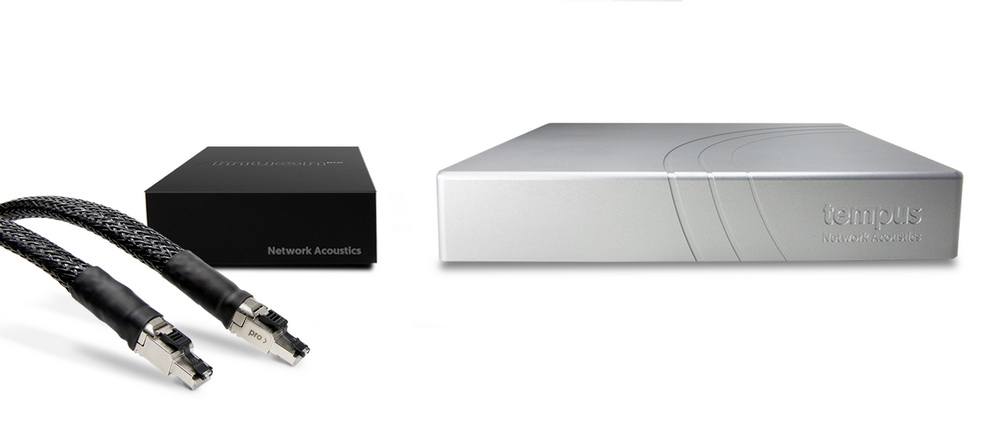
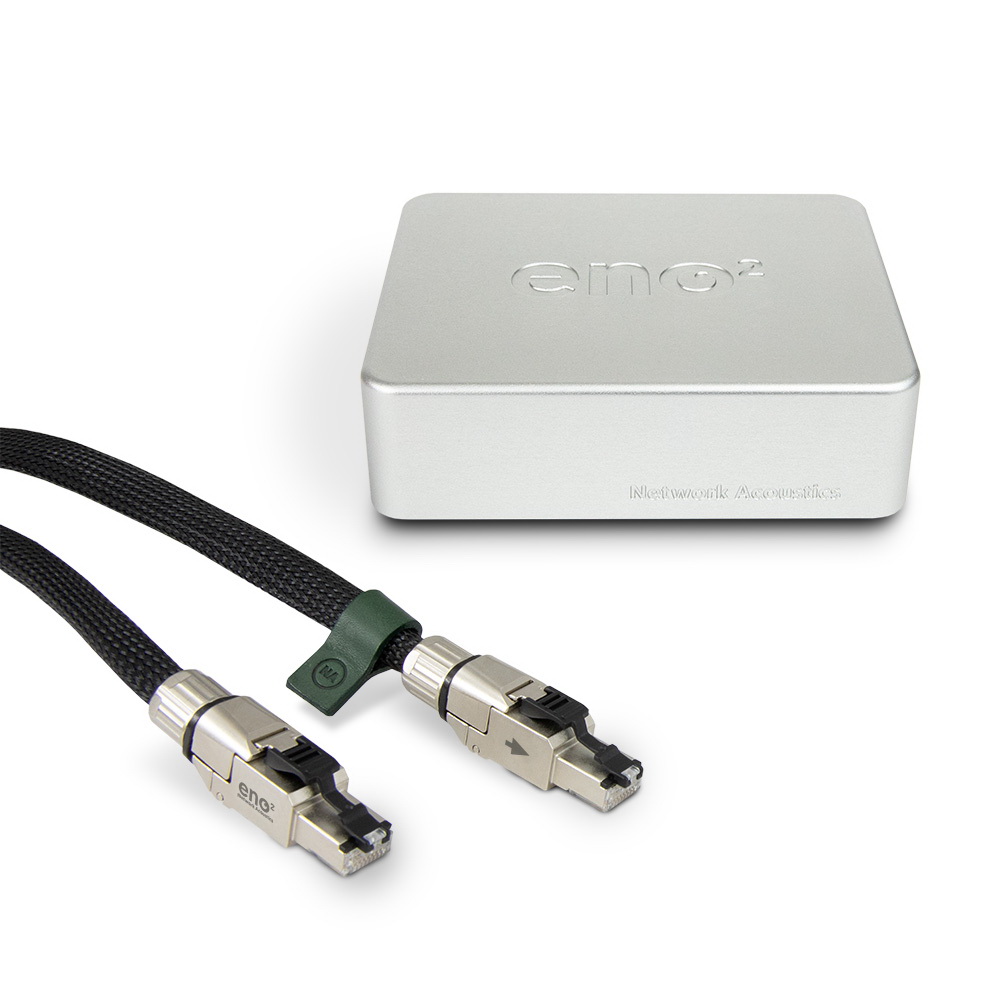


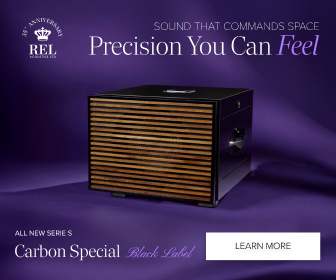

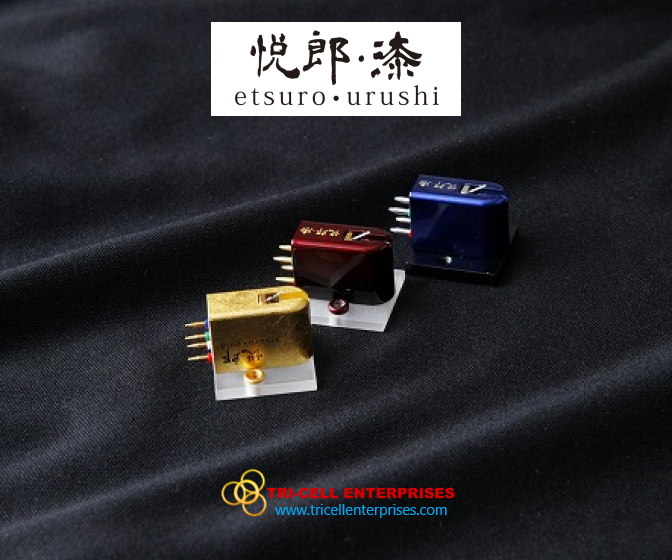
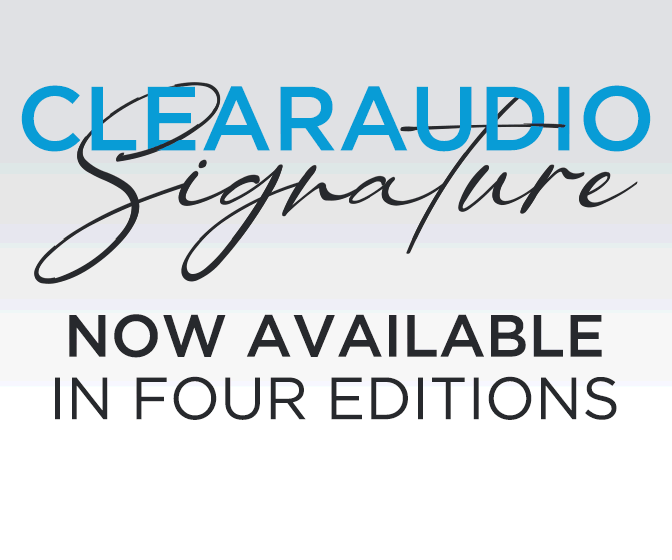
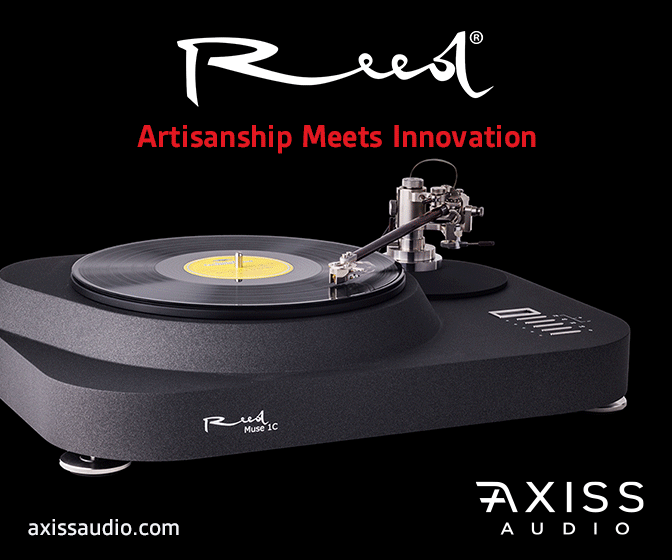
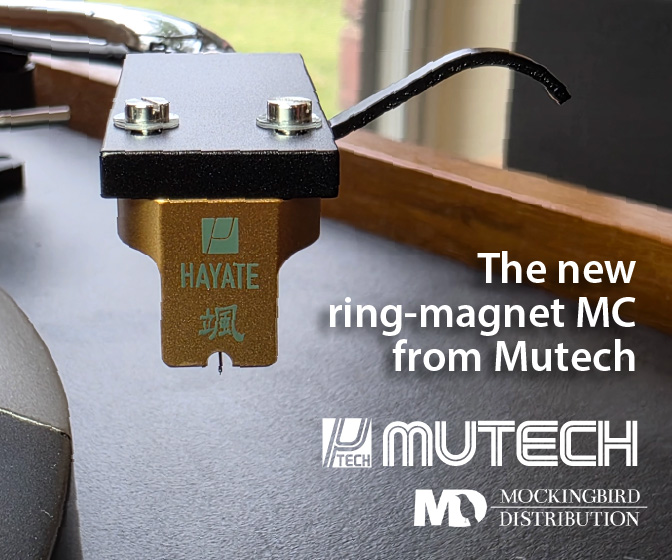
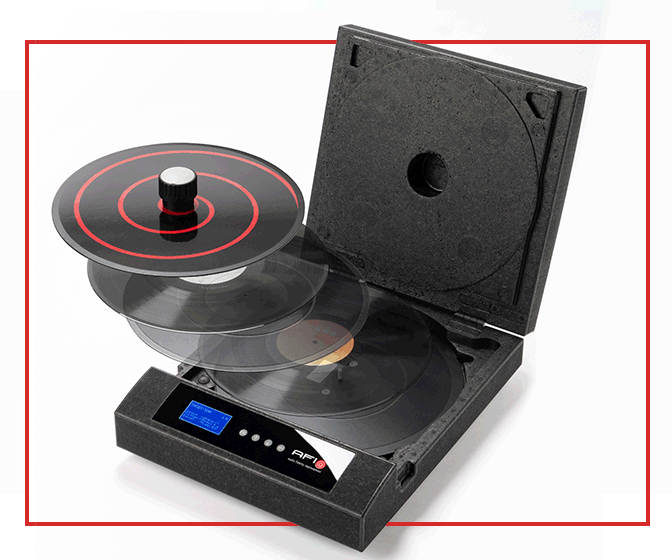
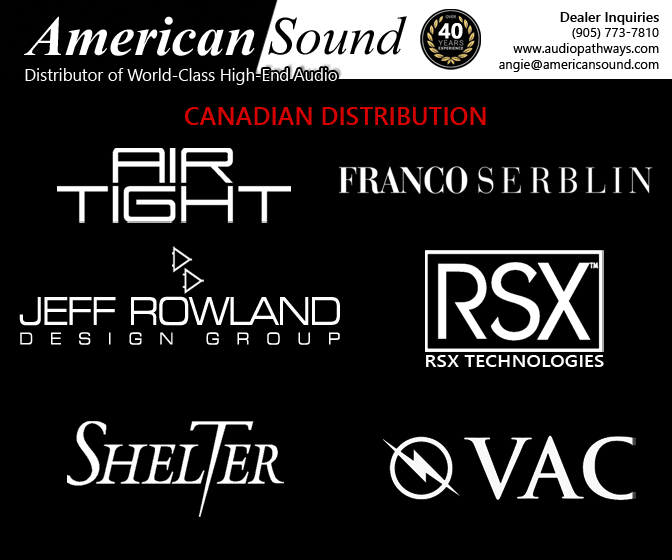
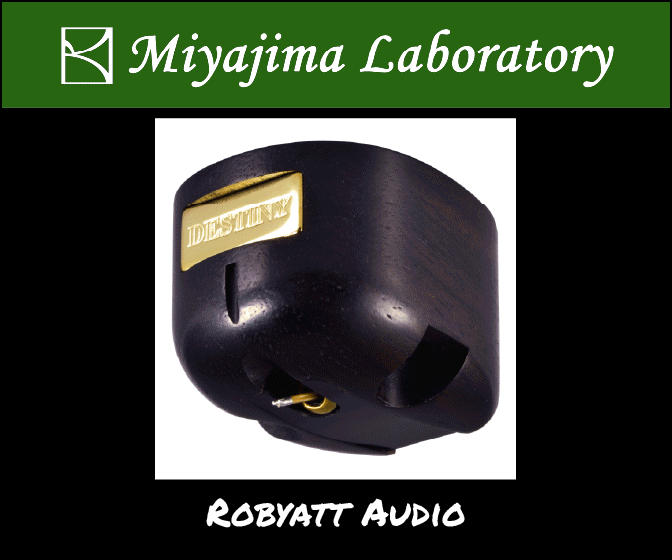
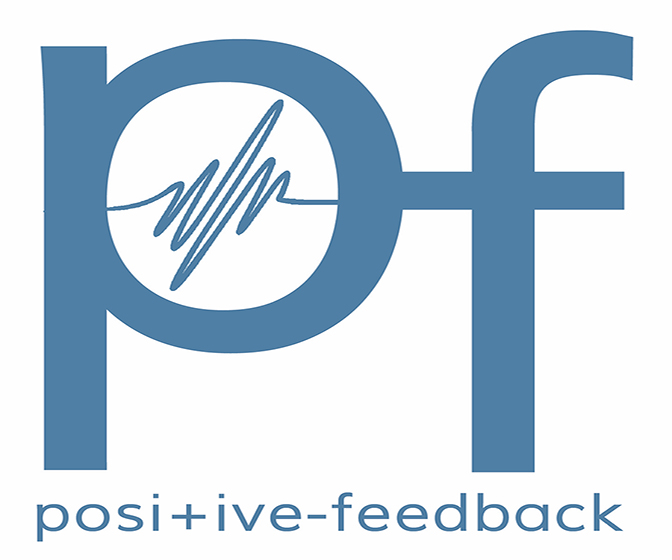



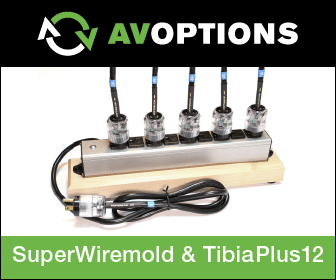
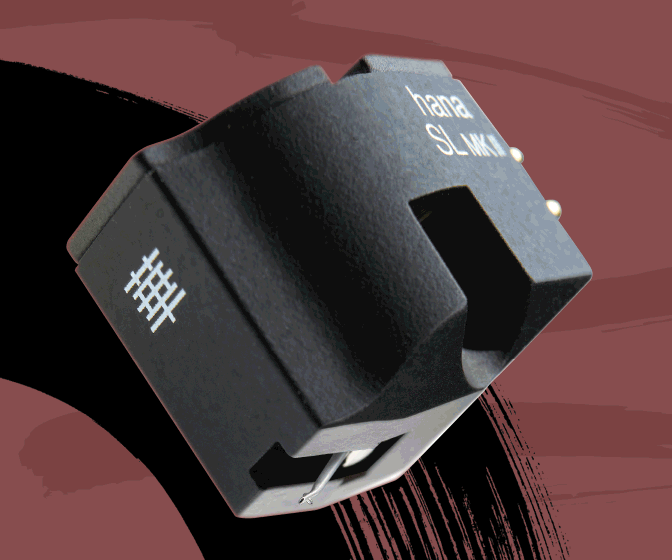
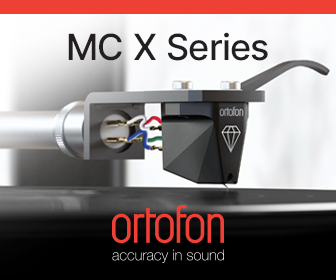
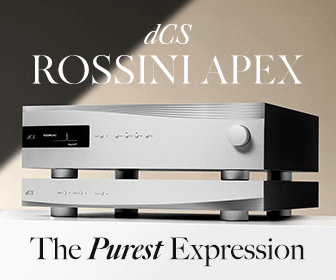
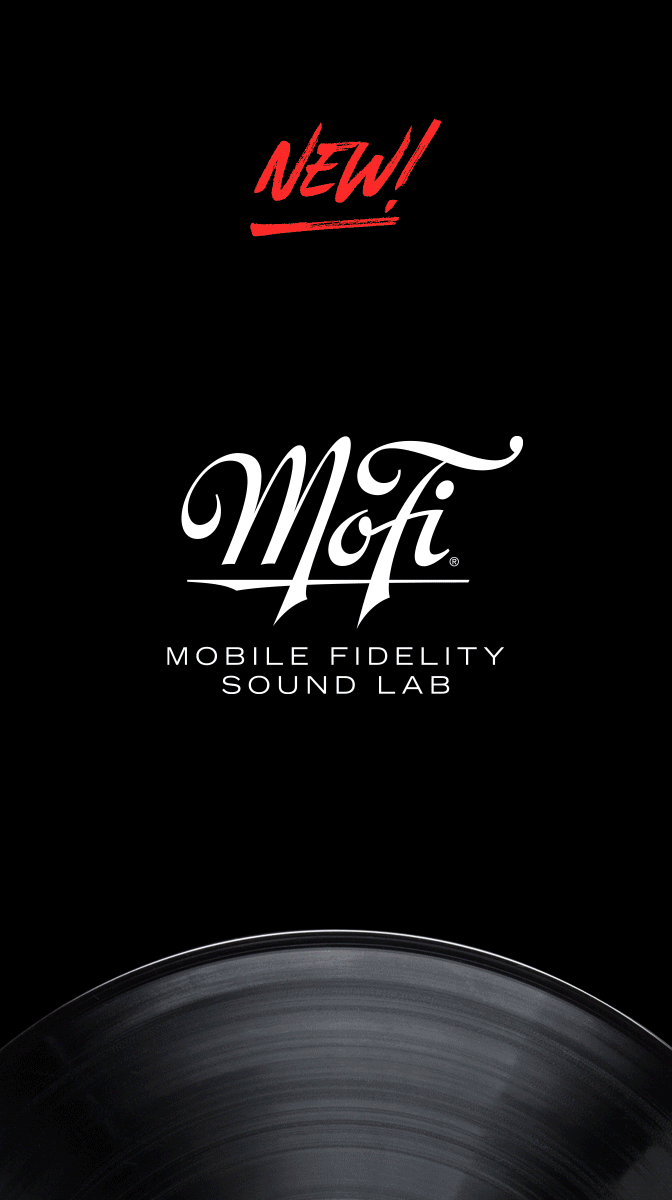


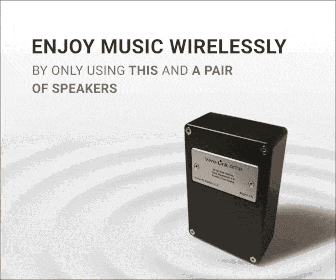
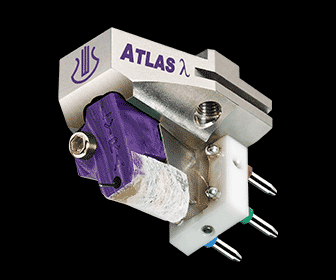

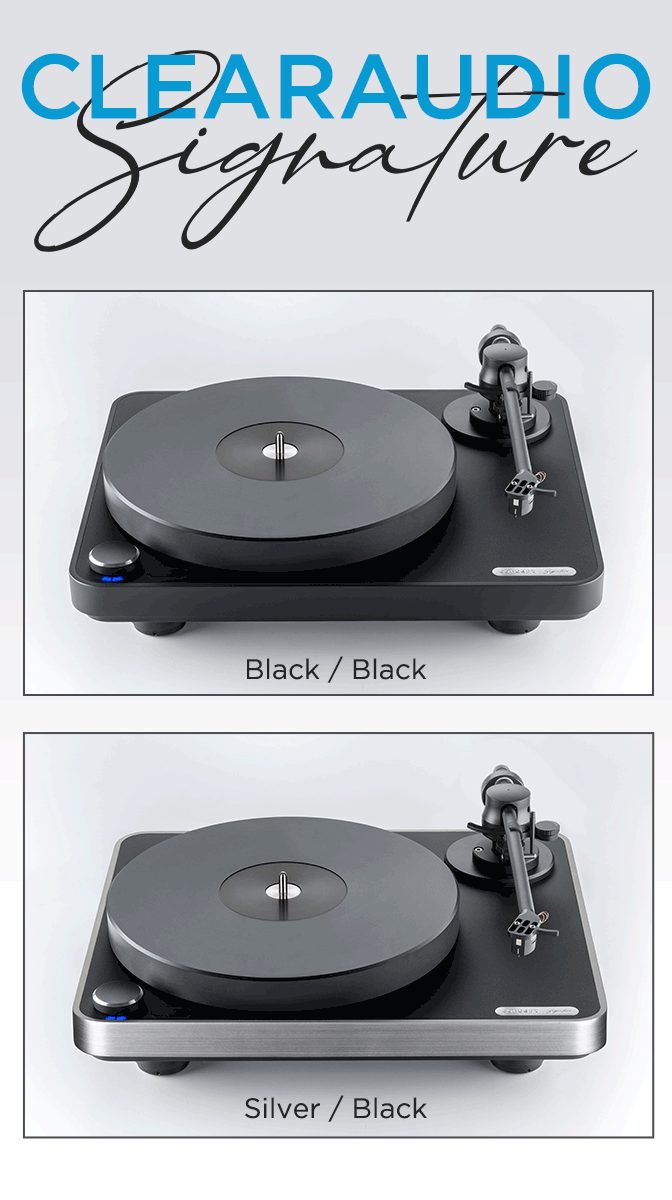


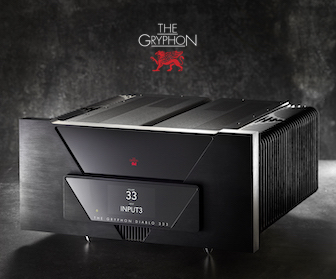
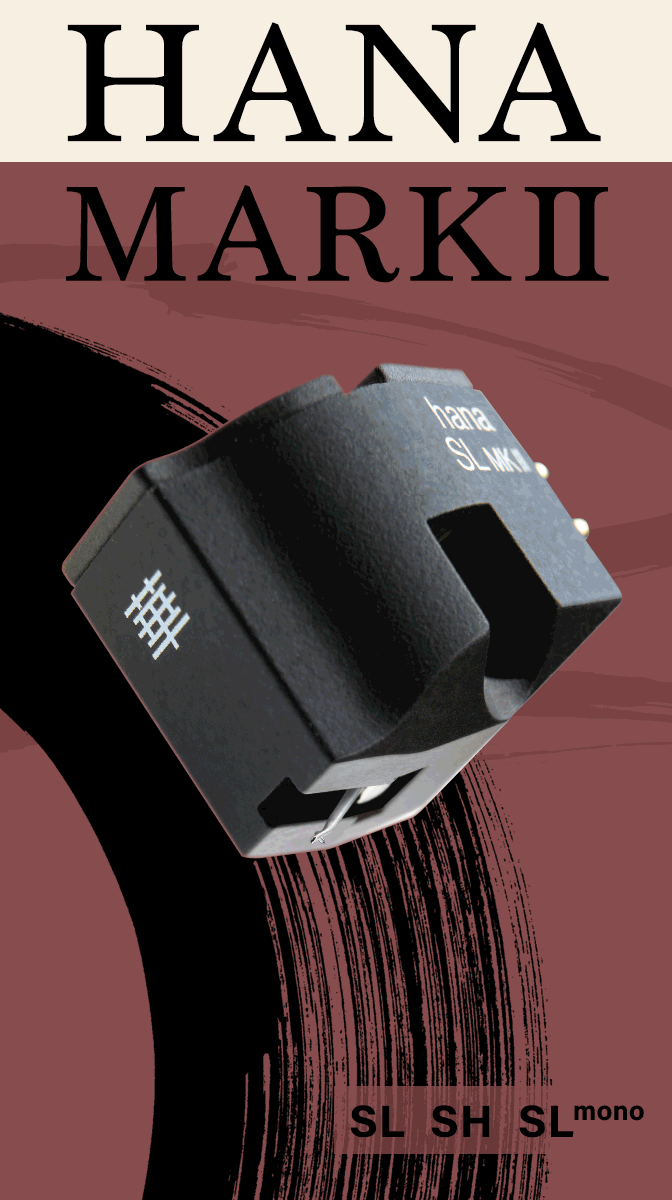



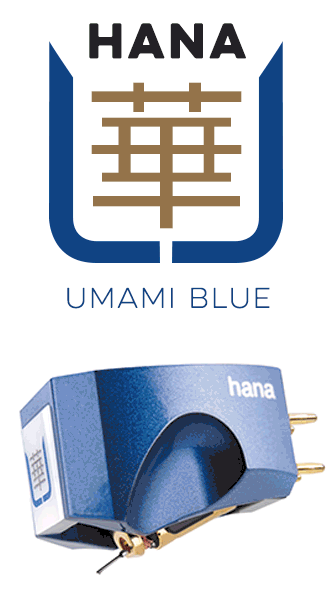





.png)








